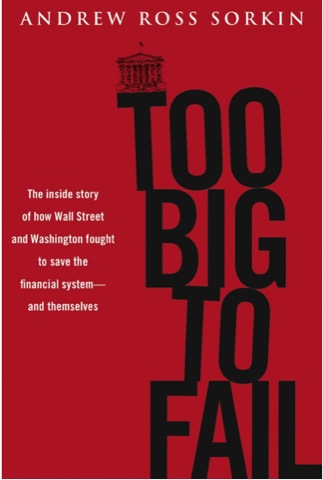Wisconsin’s Governor Walker is losing the public-relations battle to the public-employee unions whose power he is challenging. Whenever I see this issue discussed on the news, people on Walker’s side are quoted saying the state has to cut costs or it will go broke, while people on the unions’ side say they are willing to make salary and pension concessions, they just don’t want to lose the right to collective bargaining. To the average American, Walker is a meanie trying to deny downtrodden public employees their rights.
There is a very good reason why public employees should not have the right to collective bargaining. In the private sector, companies may consist of thousands of stockholders and thousands of workers. It is obviously impossible for each stockholder to bargain with each worker. The stockholders hire managers to represent their interests, so it seems only fair that workers have unions to represent their interests. Both sides can bargain effectively based on their conflicting interest (each wants as big a share of the revenues as possible) and shared interest (each wants the company to continue).
This symmetry doesn’t exist in the public sector. On one side are the taxpayers whose money pays public employees, while on the other side are the employees. But elected or appointed officials who would bargain on behalf of the state don’t represent taxpayers; they represent voters. And if a large segment of those voters are public employees, and if their unions make large contributions to political campaigns, then the state officials are likely to make concessions that taxpayers won’t want or can’t afford to pay.
Continue reading →









